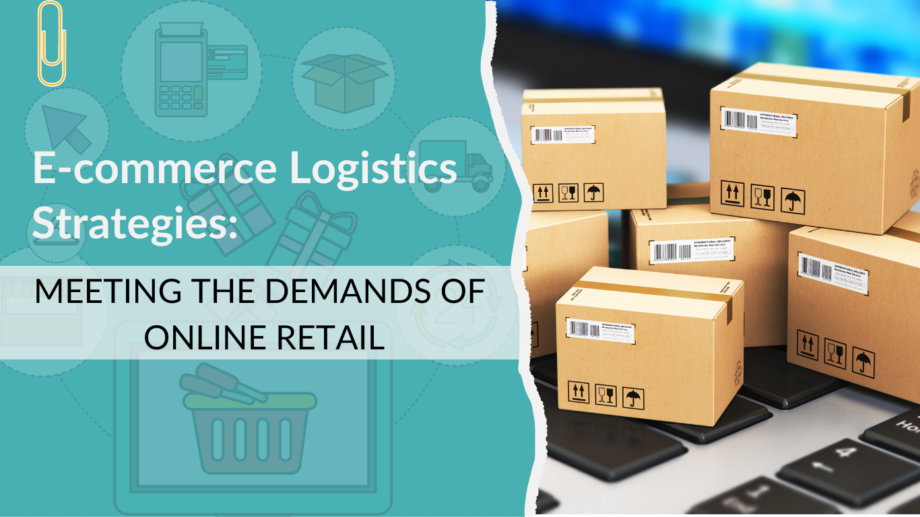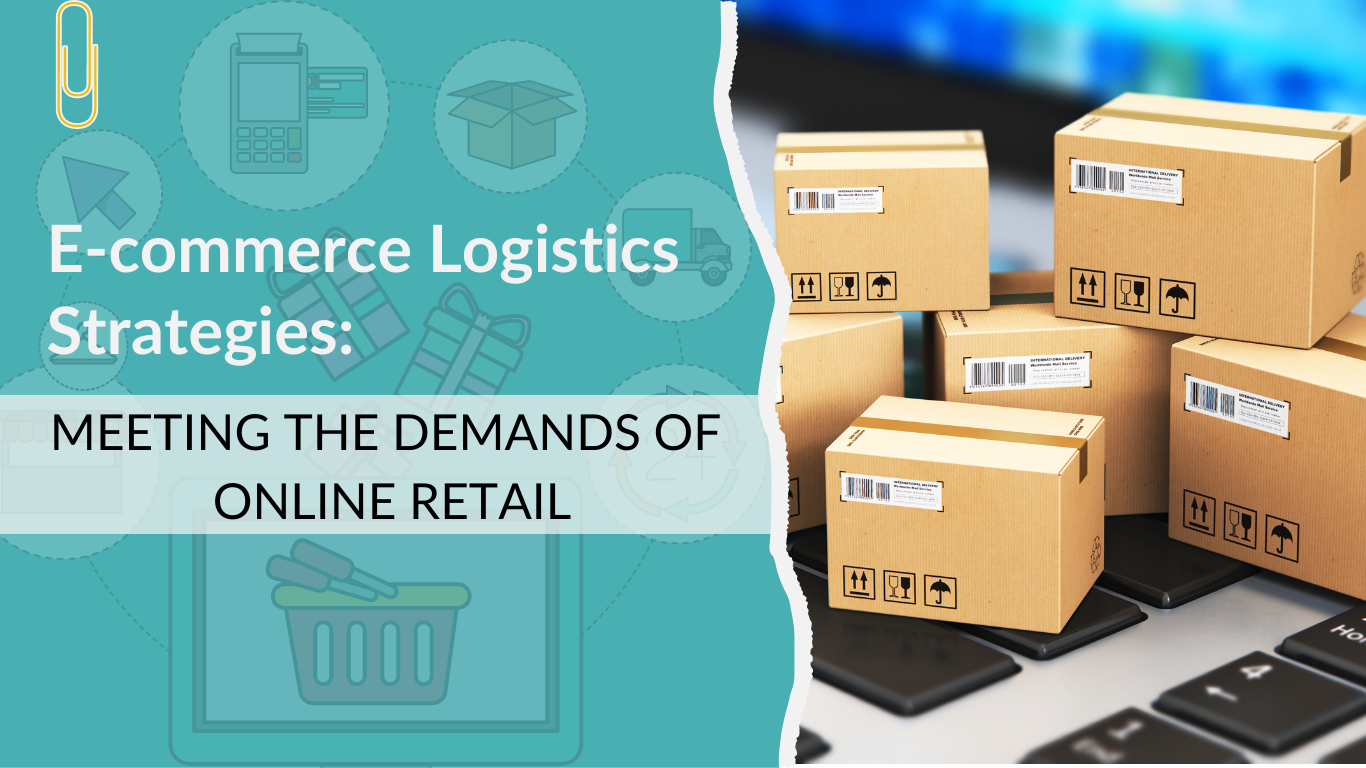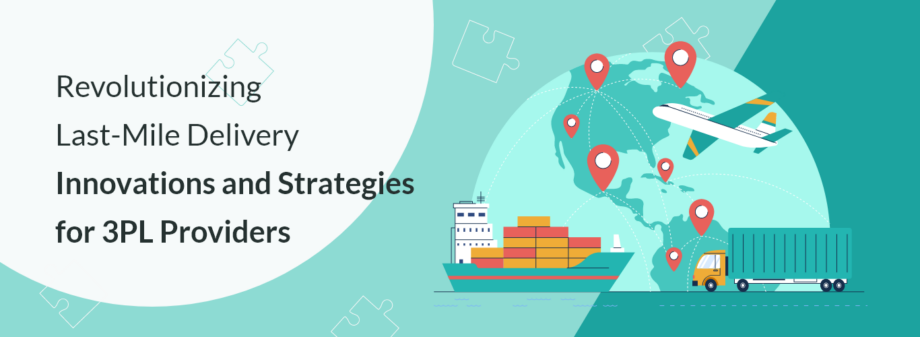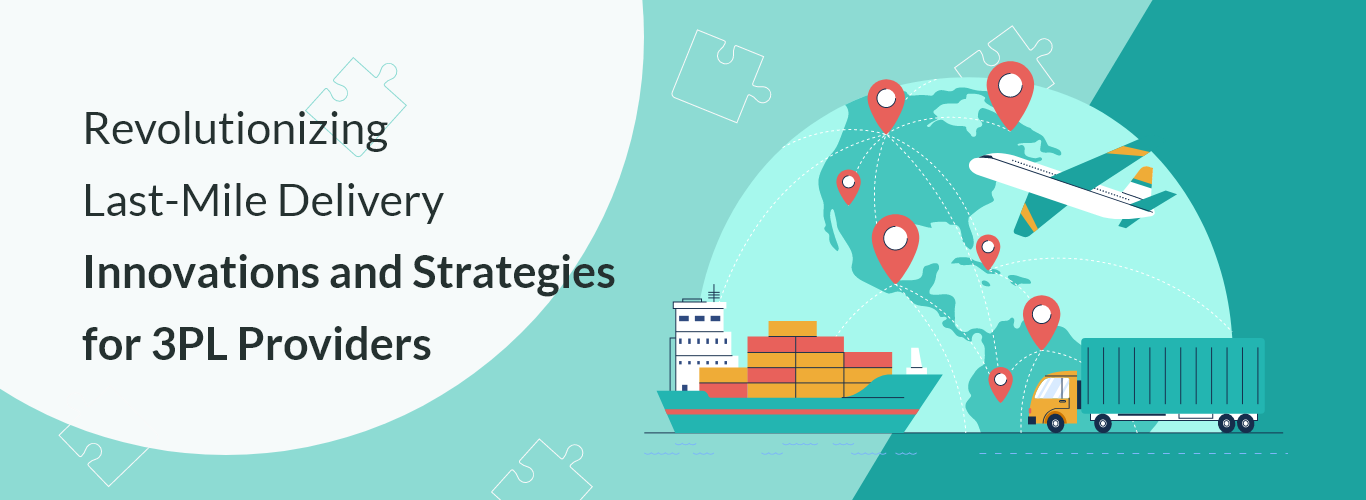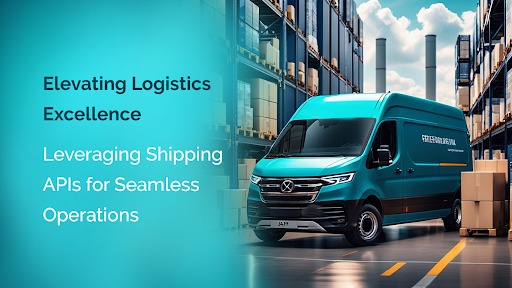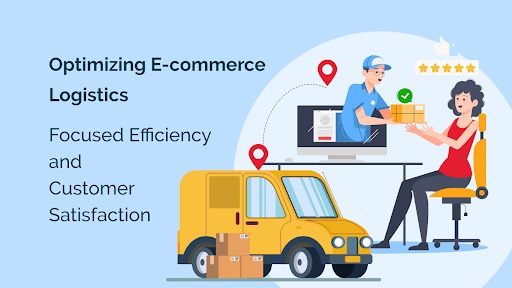Driving Environmentally Responsible Sustainable Logistics
As the global climate crisis intensifies, sustainability is no longer just a buzzword—it’s a crucial business imperative. The logistics industry, a significant contributor to global carbon emissions, is increasingly under scrutiny for its environmental impact. As governments, businesses, and consumers alike demand more sustainable practices, the logistics sector must step up to reduce its ecological footprint. By integrating sustainable logistics practices, organizations can drive both environmental responsibility and long-term business growth, creating value across the entire supply chain.
Sustainable logistics, often referred to as “green logistics,” encompasses a broad spectrum of strategies aimed at minimizing the environmental impact of transportation, warehousing, and supply chain operations. These practices not only reduce emissions but also drive business benefits such as cost reductions, operational efficiency, and enhanced brand reputation. In this article, we will explore the key components of sustainable logistics, the challenges logistics companies face, and the technologies and practices that can help drive a greener, more efficient supply chain.
What Is Sustainable Logistics?
Sustainable logistics is the integration of environmentally friendly strategies within the logistics and supply chain operations. This approach aims to minimize the carbon footprint, energy consumption, and waste generation across transportation, warehousing, packaging, and inventory management. At its core, sustainable logistics seeks to reduce the overall environmental impact while optimizing operational efficiency.
The key areas where sustainable logistics practices are applied include:
- Transportation: Optimizing routes, transitioning to alternative fuel vehicles, and embracing electric vehicles (EVs) can significantly reduce emissions.
- Warehousing: Incorporating energy-efficient technologies such as LED lighting, solar panels, and automated systems to optimize warehouse operations and minimize energy usage.
- Packaging: Using recyclable or biodegradable materials and minimizing packaging waste.
- Supply Chain Management: Enhancing collaboration between suppliers, customers, and logistics providers to align sustainability goals and reduce waste.
By integrating these strategies into daily operations, logistics providers can not only meet regulatory requirements but also create competitive advantages in an increasingly eco-conscious market.
The Environmental Impact of Logistics
The logistics and transportation sector is one of the largest contributors to global carbon emissions. According to the International Transport Forum (ITF), the global transport sector is responsible for approximately 25% of total greenhouse gas emissions. This is a staggering figure, considering that logistics covers just one aspect of the broader transport landscape. With growing demand for goods and services, these emissions are expected to increase, making it all the more important for logistics companies to adopt sustainable practices.
The breakdown of emissions from the logistics sector includes:
- Road Transport: Around 60% of the emissions from the logistics industry come from road transportation, including trucks, vans, and cars used for freight movement.
- Air Freight: Air transport, while more efficient for long distances, contributes to about 11% of logistics emissions due to the high fuel consumption of aircraft.
- Sea Freight: Despite being more fuel-efficient than air transport, maritime shipping still contributes 10% of logistics-related emissions, primarily due to the use of heavy fuel oils in large vessels.
- Rail Freight: While rail transport accounts for only about 5% of logistics emissions, it is considered one of the most energy-efficient modes of transportation.
These figures highlight the urgency of shifting toward cleaner, greener alternatives. However, this transition also presents significant opportunities for logistics companies to innovate and adopt more sustainable practices that reduce their environmental impact and offer operational benefits.
The Business Benefits of Sustainable Logistics
While adopting green logistics practices is essential for environmental responsibility, the benefits extend far beyond sustainability. Companies that invest in sustainable logistics are not only reducing their environmental footprint—they’re also positioning themselves to gain significant business advantages.
1. Cost Savings Through Efficiency
Sustainable logistics practices, such as optimizing delivery routes, adopting energy-efficient technologies, and reducing waste, lead directly to cost savings. The implementation of energy-efficient vehicles, such as electric trucks or hybrid delivery vans, can significantly reduce fuel costs. For instance, according to the U.S. Department of Energy, electric trucks cost up to 60% less to operate than their diesel counterparts.
In addition, route optimization algorithms, which use real-time data to find the most efficient delivery paths, can lead to substantial fuel savings. A 2019 study by the International Council on Clean Transportation (ICCT) found that optimized delivery routes can cut fuel consumption by up to 10%, resulting in reduced operational costs and lower emissions.
2. Enhanced Brand Reputation and Customer Loyalty
Consumers are increasingly conscious of the environmental impact of their purchasing decisions. A 2020 study by McKinsey & Company found that 67% of global consumers consider sustainability when making a purchase, and 75% of millennials are willing to pay more for eco-friendly products and services. By adopting sustainable logistics practices, companies can strengthen their brand image and attract a loyal customer base that values environmental stewardship.
For instance, companies like UPS and DHL have made significant strides in sustainability, adopting electric delivery vehicles and optimizing their supply chain operations. These efforts have not only helped reduce emissions but have also improved their public image as leaders in sustainable logistics.
3. Regulatory Compliance and Risk Mitigation
Governments worldwide are tightening environmental regulations and policies aimed at reducing carbon emissions and promoting sustainability. The European Union’s Green Deal, for example, aims to reduce the region’s carbon emissions by 55% by 2030, which will include stricter regulations for logistics and transportation. In the U.S., the Environmental Protection Agency (EPA) has introduced measures such as the Clean Air Act to regulate emissions from transportation.
By adopting sustainable logistics practices, companies can ensure compliance with these regulations and avoid penalties. Furthermore, they can position themselves ahead of future regulatory requirements, ensuring long-term business viability and reducing the risk of sudden compliance-related disruptions.
Challenges in Sustainable Logistics
Despite the clear benefits, there are several challenges that logistics companies must overcome to implement sustainable practices effectively.
1. High Initial Investment Costs
One of the most significant barriers to adopting sustainable logistics practices is the upfront investment required. For example, transitioning to electric vehicles (EVs) or hybrid fleets requires substantial capital expenditure on new vehicles and charging infrastructure. According to a 2020 report by BloombergNEF, while EVs are expected to become cheaper to operate in the long run, the initial cost of purchasing an electric truck is still much higher than that of a traditional diesel truck.
However, it’s essential to consider the long-term savings and environmental benefits, as well as potential government incentives and tax breaks for adopting sustainable technologies. In many cases, the cost savings from reduced fuel consumption and maintenance expenses can offset the initial investment over time.
2. Technological Limitations
While advancements in green technologies are rapidly emerging, some logistical solutions, such as zero-emission trucks for long-haul transport, are still in development and may not yet be viable for all companies. This can make it challenging for logistics providers to fully transition to sustainable practices.
However, there are many existing solutions, such as hybrid vehicles, route optimization software, and energy-efficient warehouse technologies, that can help businesses take immediate steps toward sustainability. As technology continues to evolve, these options will become more accessible and affordable.
3. Supply Chain Complexity
Sustainable logistics is not just about a single company—it involves the entire supply chain. From raw material sourcing to final delivery, all stakeholders must be aligned to achieve sustainability goals. This requires close collaboration between suppliers, logistics providers, customers, and even regulators. Coordinating efforts across multiple organizations and geographies can be complex, especially when different stakeholders have varying priorities and sustainability goals.
However, platforms like LogixPlatform help overcome this challenge by enabling seamless collaboration between all parties involved, sharing data, tracking progress, and ensuring that everyone is working toward the same environmental objectives.
The Role of Technology in Sustainable Logistics
The adoption of advanced technologies is key to driving sustainable logistics. These technologies can help companies optimize their operations, reduce emissions, and enhance efficiency across the supply chain.
1. Route Optimization and AI
Advanced route optimization software powered by artificial intelligence (AI) and machine learning can significantly reduce fuel consumption and operational costs. By analyzing factors such as traffic conditions, weather, and delivery schedules, AI algorithms can generate the most efficient delivery routes, reducing fuel use and CO2 emissions.
A study by the U.S. Environmental Protection Agency found that using AI-based route planning can cut emissions by up to 8%, providing substantial cost savings while contributing to environmental goals.
2. Electric and Autonomous Vehicles
Electric vehicles (EVs) and autonomous trucks represent the future of sustainable logistics. EVs can reduce fleet emissions and operational costs by using cleaner energy, and autonomous vehicles can optimize routes and reduce human error in logistics operations. Companies like Tesla and Rivian are leading the charge in developing electric trucks that will soon revolutionize the freight industry.
While the widespread adoption of autonomous vehicles may still be years away, electric vehicles are already proving to be a viable solution for short- and medium-haul transportation, helping reduce both costs and emissions.
3. Internet of Things (IoT) and Big Data
The Internet of Things (IoT) and big data analytics enable logistics companies to collect real-time data from various sources, including vehicles, warehouses, and inventory systems. This data can be used to monitor energy consumption, optimize warehouse operations, and track emissions. By leveraging IoT devices, logistics companies can gain actionable insights into their environmental performance and identify areas for improvement.
Conclusion: Leading the Charge Toward a Greener Logistics Future
The transition to sustainable logistics is not only a necessity for meeting environmental goals but also an opportunity for logistics providers to gain a competitive edge. By adopting eco-friendly technologies, optimizing operations, and collaborating with stakeholders across the supply chain, companies can reduce their environmental impact while improving their bottom line.
As the demand for green logistics solutions continues to grow, early adopters will have the opportunity to lead the industry’s transition toward a more sustainable future. By investing in the right technologies and embracing sustainable practices, logistics companies can reduce emissions, enhance efficiency, and build a brand that resonates with today’s eco-conscious consumers.
At LogixGrid, we are committed to helping logistics providers navigate this transition with our cutting-edge platform designed to optimize logistics operations while driving sustainability. Through LogixPlatform, businesses can monitor their carbon footprint, optimize routes, and collaborate with partners to achieve their environmental goals.
Ready to take the next step? Book a free expert walkthrough of LogixPlatform today and see how we can help you drive environmental responsibility while enhancing business performance.


